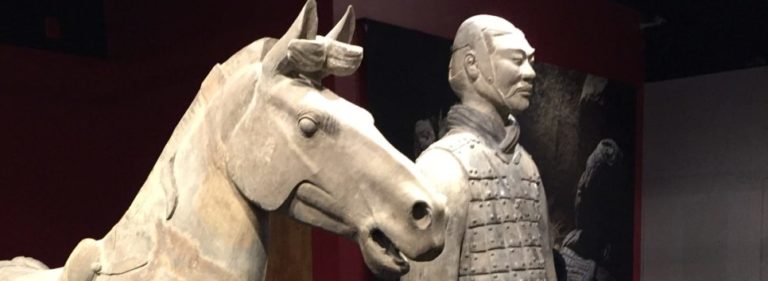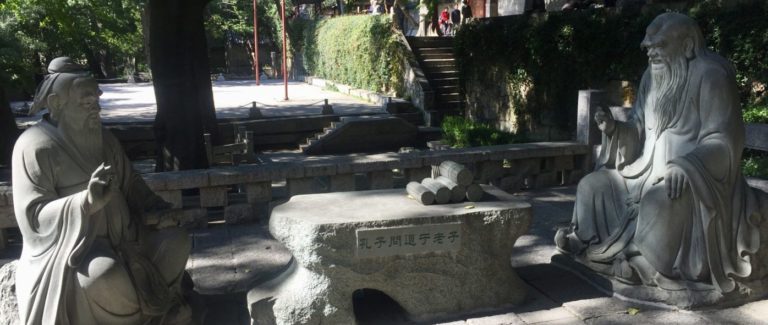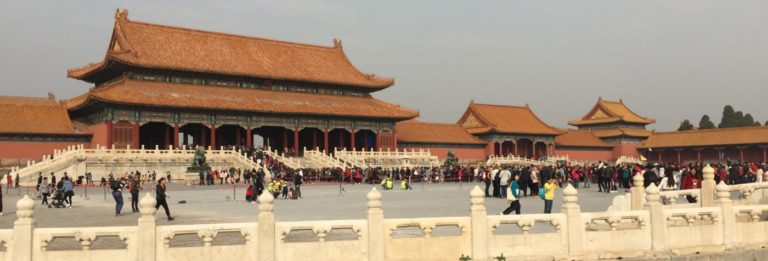I just spent five hours watching a beautifully filmed epic movie called Red Cliff. Every guest on a Yangtze River cruise in China will want to set aside the afternoon to watch the movie. Not only will it inspire you with the stunning Southern China river scenery, the river cruise ships will go right by the presumed site of one of the most famous battles in Chinese history, literature, and film. You’ll impress your Chinese crew if you show some appreciation for this story. You might even get better service. It’s sort of like a foreigner showing up at Valley Forge and understanding the significance of what happened.
The most famous tale in China’s long literary history is the Three Kingdoms (Chinese Classics, 4 Volumes)
. This is not a Harlequin type romance, but a “romance” in the classical sense, meaning fiction. It is 1,200 pages long, most of it reading like a primer on the Art of War, which is actually cited by characters in the story. It is considered the first of the four major works of Chinese literature. If you read the our essays on China, you’ll find all four described.

Three Kingdoms (Chinese Classics, 4 Volumes) is loosely based on the politically chaotic 60-year “Period of the Three Kingdoms” in Chinese history. In 220 AD, the Han Dynasty of a unified China was basically usurped. The country fell to pieces, with kings and warlords everywhere. There are facts, legends, heroes, and real people associated with the accounts of the conflicts that finally resulted in the Jin Dynasty around 280 AD. The Romance version was written in the Fourteenth Century, and had its own agenda for who was portrayed as naughty and who was nice.
The book opens with one of the most famous opening lines in literature, which is now a Chinese proverb: “It is a general truism of this world that anything long divided will surely unite, and anything long united will surely divide”. The next 1,200 pages detail the shifting sands of alliances, betrayals, and the expedient nature of strategic relationships in a deceitful display of jousting ambitions. Enemies are allies until they are, often quite shortly, enemies again. The characters relish in the feint-within-a-feint tactics that make every coalition and battle an extended game of chess.
One of the most famous battle scenes in the story is the Battle of Red Cliffs, where the out-manned, out-gunned good guys deal the dastardly, usurping bad guys a resounding defeat with cunning, luck, courage, and fire. In the book, this is but one of the significant clashes among titans. The movie, of course, takes great liberties with the book’s plot, adding a little feminine wile action and ending on a high note. The battle scenes are breath-taking, as well as the Yangtze scenery. Even with English subtitles, the movie is extremely well done.
The book, unfortunately, does not end on a high note. As the Chinese equivalent of the Three Musketeers and D’Artagnan all eventually succumb to their mortality, it sort of ends in a whimper. The real history is even less cheerful. But the heroes are universally known to a billion people. The good guys, Liu Bei, Kuan Yu, Chang Fei, and their strategist, Chuko Liang, are revered. The bad guy’s name, Cao Cao, is invoked by Chinese parents to frighten misbehaving youngsters. The movie emphasizes other heroes, like Zhou Yu and Sun Quan.
See the movie. Read the book. Then, read the Deng Xiaoping and the Transformation of China. You will understand why, even today, the unification of China remains the number one, ever-present objective for the Chinese government, and why anything threatening unity is dealt with severely. It all goes back to Three Kingdoms (Chinese Classics, 4 Volumes)
.












